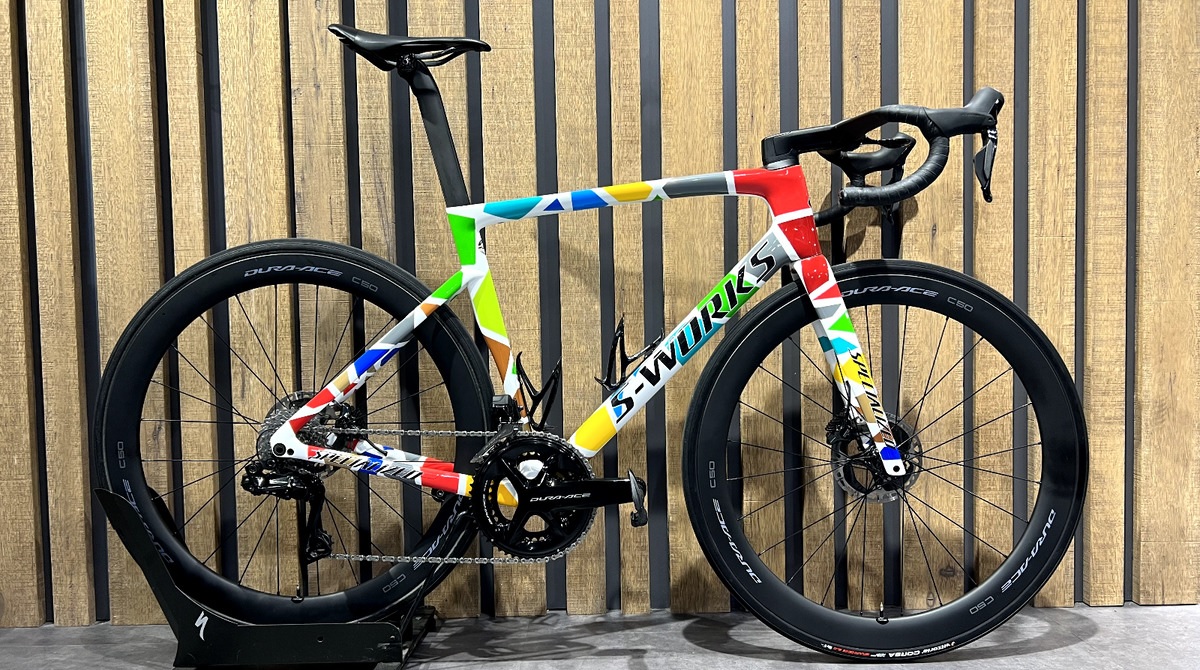
Discover all the secrets of cycling race nutrition, what to eat and how to supplement, the mistakes not to make, all the secrets for correct nutrition before the cycling race, nutrition during the cycling race and nutrition after the cycling race.
The cyclist's nutrition in the "race" 1st part - pre-race nutrition
The cyclist's nutrition in the "race" 2nd part - before start race nutrition
The cyclist's nutrition in the "race" 3nd part - during race nutrition
The cyclist's nutrition in the "race" 4th part - after race nutrition
With the term "race nutrition" we want to indicate the diet that the athlete should follow from the days preceding the sporting performance until the days immediately following. Correct management of the daily food ration is, in fact, essential to achieve and maintain maximum performance.
The importance is all the greater, the longer the athletic performance that will be undertaken, i.e. lasting more than 40 minutes. We can determine four phases: nutrition in the days before the race (pre-race nutrition), nutrition 30-40 minutes before the race (waiting ration), nutrition during the race and nutrition after the race.
Nutrition in the days before the race must have the objective of increasing the quantity of muscle and liver glycogen. “Glycogen loading” can be implemented in two systems. The first involves a hypoglucid and hyperlipidic food ration for three days combined with intense training. The goal of these three days is to achieve a significant reduction in glycogen in the body. In the following three days, the last of which should correspond to the eve of the race, a hyperglycidic diet must be adopted, combined with mild training. This allows the body to completely replenish glycogen stores to values above normal. As you can understand, first of all this practice is effective only in one-day races, then such an extreme diet can lead to various disorders, such as insomnia, muscle heaviness, digestive disorders. Although less effective, the second system is open to less criticism. The latter involves, in the three days before the race, a diet rich in carbohydrates, preferably complex, to make up 75% of the total calories ingested.
This regime should be associated with short and not particularly intense workouts. By doing this, you can still improve your glycogen stores, without encountering the drawbacks of the classic glycogen loading system. Personally, having carried out experiments on the subject several times, I always recommend a third system, which appears to be a middle ground between the two systems listed in the scientific literature. In the first three days with intense workloads I recommend a diet with few carbohydrates (but not without) and always rich in fats, but with an abundance of proteins. In practice, meat replaces classic pasta, while it is better to leave other eating habits intact. This leads to a diet in which the ration of fats and proteins reaches 60-70% of the daily calorie requirement, while the value of carbohydrates drops to 30-40% of the total calories ingested. The tolerance of this type of diet is strictly individual and must be carefully tested in periods away from competitions, to better adapt training and the food ration to the specificities of the subject.
Over the next three days, the classic system of increasing carbohydrates is followed, combining short workouts. In this way we are able to get closer to the classic glycogen load without facing its negative aspects. It remains important, however, that everything must be calibrated based on the individual subject and his needs, who can more or less tolerate one regime rather than another. Specifically, now let's see what to eat, for the quantities everyone will have to refer to their daily rations. On the three days with high workloads and a high-lipid diet you can start in the morning with the classic milk and coffee, which can then be accompanied with raw ham, while if you adopt the system suggested by me I recommend the classic rusks, with possible addition of jam or cereals. For a possible second breakfast you will still opt for raw ham or bresaola with a little bread. At lunch, as at dinner, meat will be the first course, followed by vegetables and with very little or rather no bread. If you follow my system instead you can eat bread and end your meals with fruit.
The last meal should be taken 2 and a half -3 hours before the start of the race. If this takes place in the morning, you can repeat the breakfast eaten in the last three days, if it takes place in the early afternoon, you can always have the normal lunch of the last three days of glycogen loading, while if it takes place in the late afternoon it is advisable follow lunch with a subsequent meal rich in carbohydrates, always at least 2 and a half hours before departure, the latter can consist of snacks and fruit tarts or better still in a dish of rice or pasta with little or no seasoning, as well as any bread and fruit.
Especially in the summer period it is better to ingest, during meals, lots of liquids, as well as fruit and vegetables (for this reason I recommend my glycogen load variable). I conclude by reiterating the need to try this particular diet for a long time, away from important competitions, to adapt it to your needs and lifestyle.
